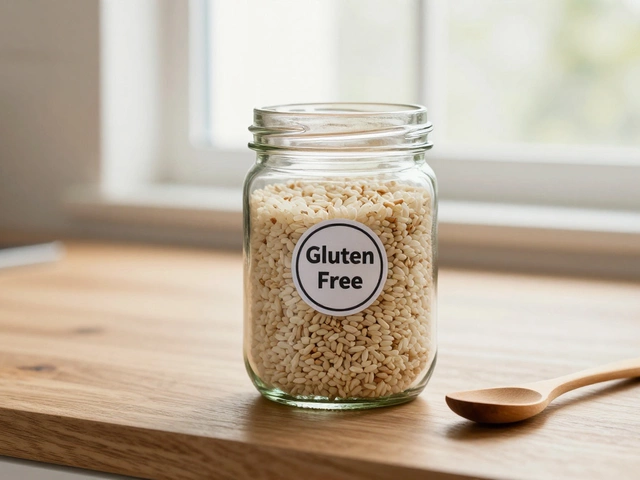Grocery Budget Tips You Can Use Right Now
Trying to keep the grocery bill low without giving up flavor? You’re not alone. Most of us juggle a tight budget, a busy schedule, and a craving for tasty food. The good news is that simple changes in the way you shop and plan can slash costs and still let you serve meals that feel special. Below are practical steps you can start using today.
Smart Shopping Strategies
First thing to check is the store layout. Most supermarkets put impulse items—chips, candy, pricey sauces—right at the front. Walk straight to the produce and freezer aisles, then head to the meat section. This keeps you focused on the essentials.
Buy in bulk where it makes sense. Staples like rice, beans, lentils, and oats are cheap per pound when you get a big bag. Keep them in airtight containers so they stay fresh. If a bulk bin looks damaged or you’re unsure about freshness, skip it—wasting food is money wasted.
Look for sales on items you already use. A 20 % off on tomatoes or a "buy one get one free" on chicken thighs can add up quickly. When you spot a deal, compare the unit price (price per kilogram or per litre) to make sure it’s really cheaper.
Don’t shop hungry. A quick snack before you head out stops you from grabbing extra bread or a dessert you don’t need. If you must shop online, set a cart limit and stick to it.
Budget‑Friendly Meal Planning
Plan your meals around a few core ingredients. For example, pick a base like rice or potatoes, then add a protein (beans, eggs, or a cheap cut of meat) and a couple of vegetables. This rotation means you buy the same items in larger amounts, which reduces waste and price per serving.
Prep once, eat twice. Cook a big pot of soup, chili, or curry on Sunday and portion it for lunches and dinners throughout the week. Leftovers often taste even better after a day or two because the flavors meld.
Use “nose‑to‑tail” cooking when it applies. If you buy a whole chicken, use the bones to make stock, the meat for a main dish, and the leftover skin for crisp snacks. The same goes for vegetables—save stems, leaves, and peels for broth.
Swap expensive ingredients for cheaper equivalents. Instead of pricey parmesan, a sprinkle of nutritional yeast adds a cheesy note without the cost. Replace beef with lentils in a Bolognese sauce; the texture is similar, and the protein stays high.
Finally, keep a running grocery list on your phone. Every time you notice an ingredient you’re low on, add it immediately. When you get to the store, you’ll have a focused list that stops you from buying random items.
These grocery budget tips don’t require a culinary degree—just a bit of planning and a sharper eye at the checkout. Try them for a week and watch your grocery bill shrink while your meals stay satisfying and tasty.

Realistic Food Budget for 2 Adults: How Much Should You Really Spend?
by Landon Weathers / 10 Jul 2025Find out exactly what a realistic food budget looks like for two adults in 2025, with real numbers, easy savings strategies, and smart shopping tips for any couple.




